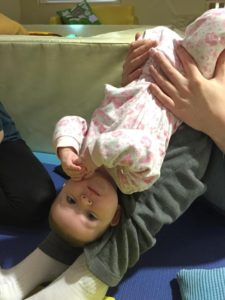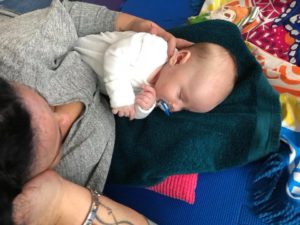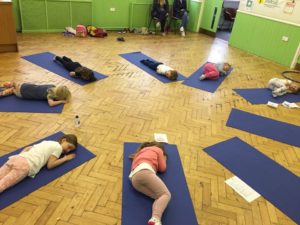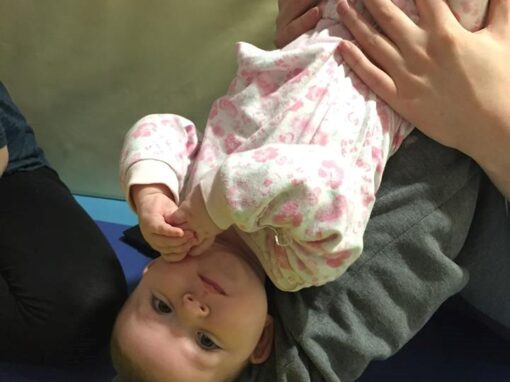Did you know that sleep and a child’s mental health and wellbeing go hand-in-hand?
In fact, insufficient and broken sleep has been associated with numerous issues such as increased behavioural, social-emotional and academic problems. When you child is sleeping better chances are the whole family will be too which means mentally your all rested. Sleep is so important, especially for children as it has a direct impact on their mental and physical development.
Are you struggling to help your child get a good night’s sleep? You are not alone!
A 2014 survey found that 73% of mothers claimed that their own children have experienced sleeping problems at some point, and 68% claimed that these problems were resolved as their children aged. However, as a nation, statistics show that we generally do not get enough sleep. Things such as refusing to go to sleep, wanting one more toilet trip or drink, wanting to co sleep with their parents and the increased use of TV’s, mobile devices and computers in the bedroom can all cause difficulties quieting down, and reduce the brain’s production of melatonin that helps us go to sleep.
We wonder why is this? And what we at Kalma children’s yoga can do to help? Here’s our top tips to help children rest easy and get all the hours sleep they deserve!
Potentially, we don’t know enough about sleep, or how much we ought to be getting. The amount of sleep a child needs differs depending on their age:
• Newborns (0-3 months) need around 10.5 to 18 hours of sleep a day
• Infants (4-11 months) generally require 9-12 hours of sleep at night with few naps during the day
• Toddlers (1-2 years) should be sleeping for around 11-14 hours
• Young children (3-5 years) typically require 11-13 hours
• Older children (6-13 years) usually need 9-11 hours

Inversion Yoga –Yoga in general has fantastic benefits in terms of sleep. In fact, a Harvard insomnia study found that people who consistently practiced yoga for only eight weeks experienced longer and deeper sleeps than those who didn’t practice. Inversion yoga essentially refers to poses in which the child’s heart is at a higher level than their head. Common examples of inversion poses are the Dolphin pose, the Downward-facing dog pose, the Legs-up-the-wall pose and the Extended Puppy pose- which we teach here at Kalma Baby within our family yoga sessions. Inversion yoga helps to detox and relax the body and promote better, more restful sleep.

Sleeplessness Massage Routine – Baby massage has a vast range of benefits, including aiding sleeplessness and promoting deeper relaxation. We offer this as a part of many of our mum and baby yoga classes here at Kalma Baby. As children age, bedtime can be incorporated into this routine. This type of interaction between parent and child not only allows the child to feel secure, but also allows for quality bonding time to be spent together.

Restorative and Resting poses – Restorative poses are designed to reset your child’s body and mind, and prepare them for deep relaxation. These poses help to relax the heart rate and muscles, cleanse the mind and help your child unwind. Common examples of restorative poses are the Child’s pose, the Reclining bound angle pose, and the Supported reclining twist pose. Many restorative poses (including those given as examples) can be performed in bed at home before bedtime!
Relaxation breathing exercises – For older children who are struggling to sleep, breathing techniques which promote relaxation and mindfulness may help them drift off. A simple breathing exercise you can do with your child consists of a few simple steps: Firstly, exhale through your mouth. Secondly, close your mouth and inhale through your nose for 4 counts. Third, hold your breath for 7 counts. Then, exhale for 8 counts. – Repeat the sequence 3 times and your child’s heart rate should be settled and their mind more relaxed.
Visualisation – Due to the sensory overload children experience in today’s busy world, they often find it more difficult to disengage when bedtime rolls around. Visualisation or guided meditation is a way to help your child counteract this. To do this, you must encourage your child to envisage a scenario which helps them feel calm and restful. This encourages mindfulness and also helps your child tune out from the world and tune in with their own thoughts and emotions. Encourage this before bed time or describe a scenario to them while they are in bed using a calming voice to help them begin visualisation.
For more information on classes visit www.kalmalifeuk.co.uk

